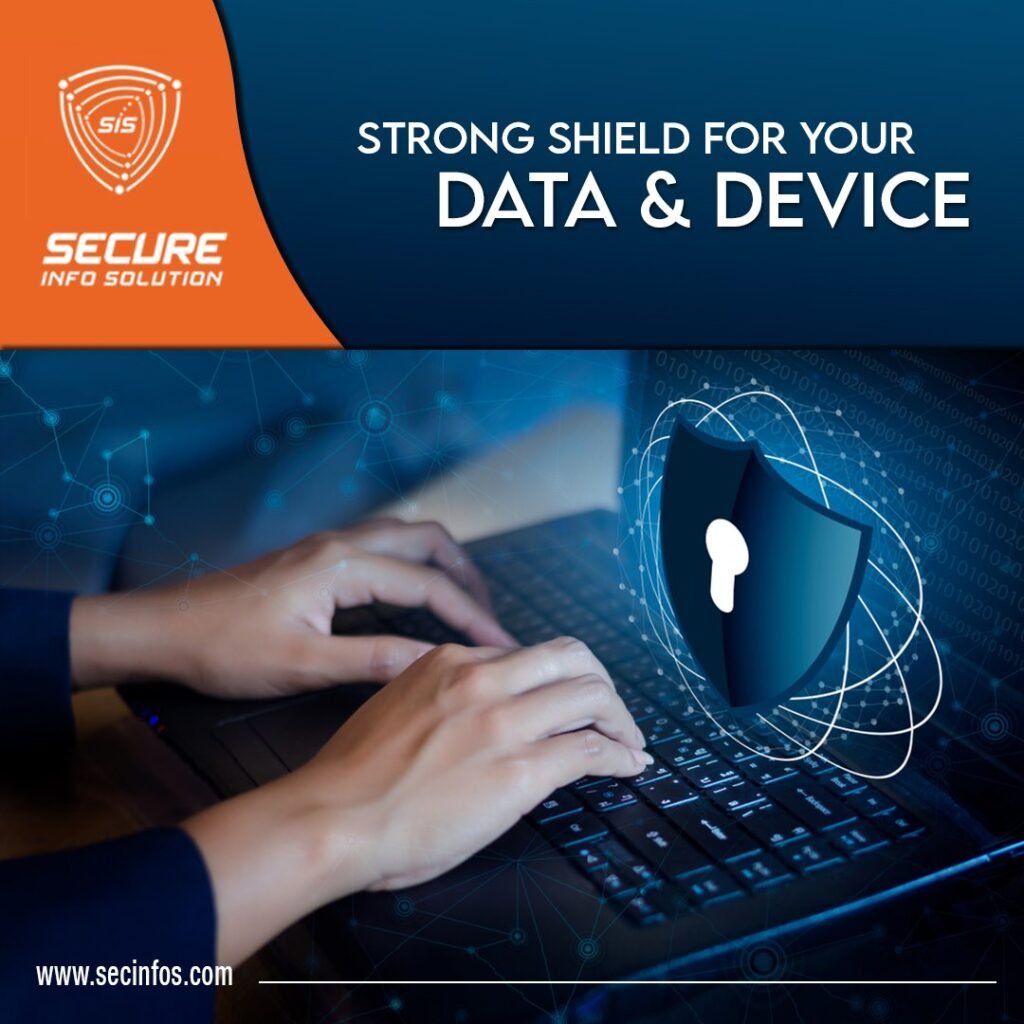
The Importance of Multi-Factor Authentication in Cybersecurity
The increasing number of cyber attacks and data breaches has made it clear that traditional forms of authentication, such as a simple password, are no longer enough to protect sensitive information. Multi-factor authentication (MFA) has emerged as a powerful tool in the fight against cyber crime, providing an extra layer of security that makes it much more difficult for hackers to gain unauthorized access to sensitive data. In this article, we will take an in-depth look at how MFA enhances security measures and protects against data breaches.
What is Multi-Factor Authentication?
Multi-factor authentication is a method of confirming a user’s identity in which a computer user is granted access only after successfully presenting two or more pieces of evidence to an authentication mechanism. In other words, it’s a way to ensure that the person trying to gain access to an account is actually who they say they are. This is done by requiring the user to provide multiple forms of authentication, such as a password and a fingerprint or a code sent to a mobile phone.
Why is Multi-Factor Authentication Important for Cybersecurity?
One of the main reasons MFA is so important for cybersecurity is that it makes it much more difficult for hackers to gain unauthorized access to sensitive data. With a simple password, all a hacker needs is to figure out that password, which can often be done through a variety of tactics such as phishing, social engineering, or brute-force attacks. However, with MFA in place, the hacker would need to have access to multiple forms of authentication, making it much more difficult for them to gain access.
Another important benefit of MFA is that it can help to prevent account takeover attacks. These types of attacks occur when a hacker gains access to a user’s account and uses it to steal sensitive information or to commit fraud. MFA makes it much more difficult for hackers to take over an account because they would need to have access to multiple forms of authentication, rather than just a password.
Additionally, MFA can also help to prevent data breaches. Data breaches occur when hackers gain unauthorized access to sensitive data and exfiltrate it. With MFA in place, it becomes much more difficult for hackers to gain unauthorized access to sensitive data in the first place, making it less likely that a data breach will occur.
Different Types of Multi-Factor Authentication
There are several different types of MFA that can be used to enhance security measures and protect against data breaches. Some of the most common include:
- Something you know: This could be a password, a PIN, or a security question.
- Something you have: This could be a smart card, a token, or a mobile phone.
- Something you are: This could be a fingerprint, a face, or a voice.
Conclusion:
In conclusion, multi-factor authentication is a powerful tool in the fight against cybercrime, providing an extra layer of security that makes it much more difficult for hackers to gain unauthorized access to sensitive data. It’s important for organizations to adopt MFA as a standard security measure to protect against data breaches and cyber attacks.






